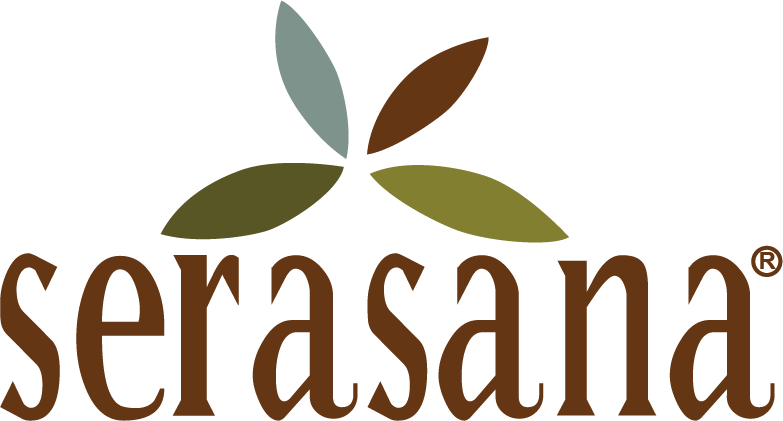Yin Yoga is a gentle and introspective style of yoga that has gained popularity in recent years.
It offers a unique approach to the practice, focusing on deep relaxation, stillness, and targeting the body’s connective tissues.
One of the primary distinctions of Yin Yoga is the pace and duration of the poses.
- Unlike more dynamic and active styles such as Vinyasa or Power Yoga, Yin Yoga involves holding poses for an extended period. Generally, postures are held for around 3 to 5 minutes, but some poses can be sustained even longer. This prolonged emphasis on holding poses allows for a deep release and stretch in the connective tissues, such as ligaments, fascia, and tendons. Unlike muscles, these tissues require longer durations of gentle stress to adapt and become more flexible.
- While other yoga styles often encourage active muscle engagement, Yin Yoga takes a different approach. Instead of actively contracting and stretching muscles, Yin Yoga invites practitioners to relax deeply into each pose. By doing so, it cultivates a sense of surrender and calm, encouraging the release of tension and facilitating a deeper experience of relaxation. Yin Yoga can be seen as a more passive practice, where the focus shifts from muscular effort to creating space and openness in the body and mind.
- Yin Yoga also differs in its target areas of the body. While many yoga styles focus primarily on stretching and strengthening muscles, Yin Yoga aims to target deeper tissues, including the joints and connective tissues. This deep stretching can improve joint mobility, increase flexibility, and create a healthier range of motion.
- Moreover, according to the principles of traditional Chinese medicine, Yin Yoga is believed to stimulate the flow of energy in the body through the meridian channels, helping to restore balance and vitality.
- Another distinctive feature of Yin Yoga is its meditative focus. As practitioners hold the poses for an extended duration, Yin Yoga invites them to cultivate awareness of their breath, physical sensations, and mental states. Mindfulness and meditation practices are often woven into the practice, allowing individuals to develop greater self-awareness, introspection, and a sense of calm and clarity. This meditative aspect of Yin Yoga enhances the mind-body connection and offers an opportunity for deep contemplation and relaxation.
- Yin Yoga is also known for its individualized approach. Unlike some yoga styles that may prioritize achieving specific poses or advanced postures, Yin Yoga encourages practitioners to honor and respect their own limitations, and to find their own appropriate edge. Each person’s body is unique, and Yin Yoga promotes a practice that is tailored to individual needs, abilities, and comfort levels. This personalized approach fosters self-acceptance and self-care, making Yin Yoga accessible to individuals of various ages, body types, and fitness levels.
Overall, Yin Yoga stands out from other yoga styles due to its slow pace, long-held poses, focus on deep tissues, emphasis on relaxation and stillness, meditative aspects, and individualized approach. By incorporating Yin Yoga into their practice, individuals can experience enhanced flexibility, joint mobility, a deeper connection with their inner selves, and a greater sense of overall well-being.

